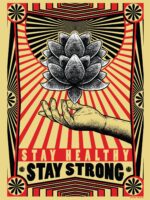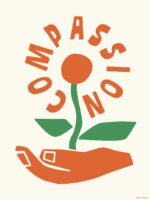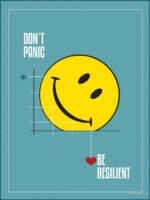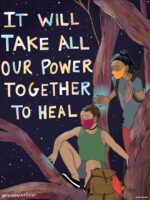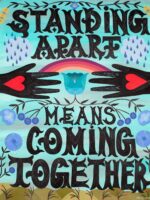THE WELLBEING SUMMIT 2022, PLANTING THE SEED FOR A MORE SUSTAINABLE EVENT
The Wellbeing Project believes in environmental awareness and social inclusion. Sustainability was one of the organisational key guiding principles for The Wellbeing Summit’s first edition in 2022. From the event design, inspired by supporting the circular economy model, to measuring and planning for the reduction of carbon emissions; every aspect of the Summit was designed with sustainability in mind.
We set two main objectives:
- Implement strategic actions towards holding a responsible event.
- Better understand our carbon impact by measuring the event footprint.
We also looked to include programmes and themes in the Summit that would create discourse and raise awareness of our planetary crisis. We were supported in achieving these objectives by our partner UreCulture who specialises in environmental sustainability planning for cultural agents and non-profit organisations.
With The Wellbeing Summit 2022 Sustainability Report we want to transparently share with you our journey and commitment towards sustainability.
















